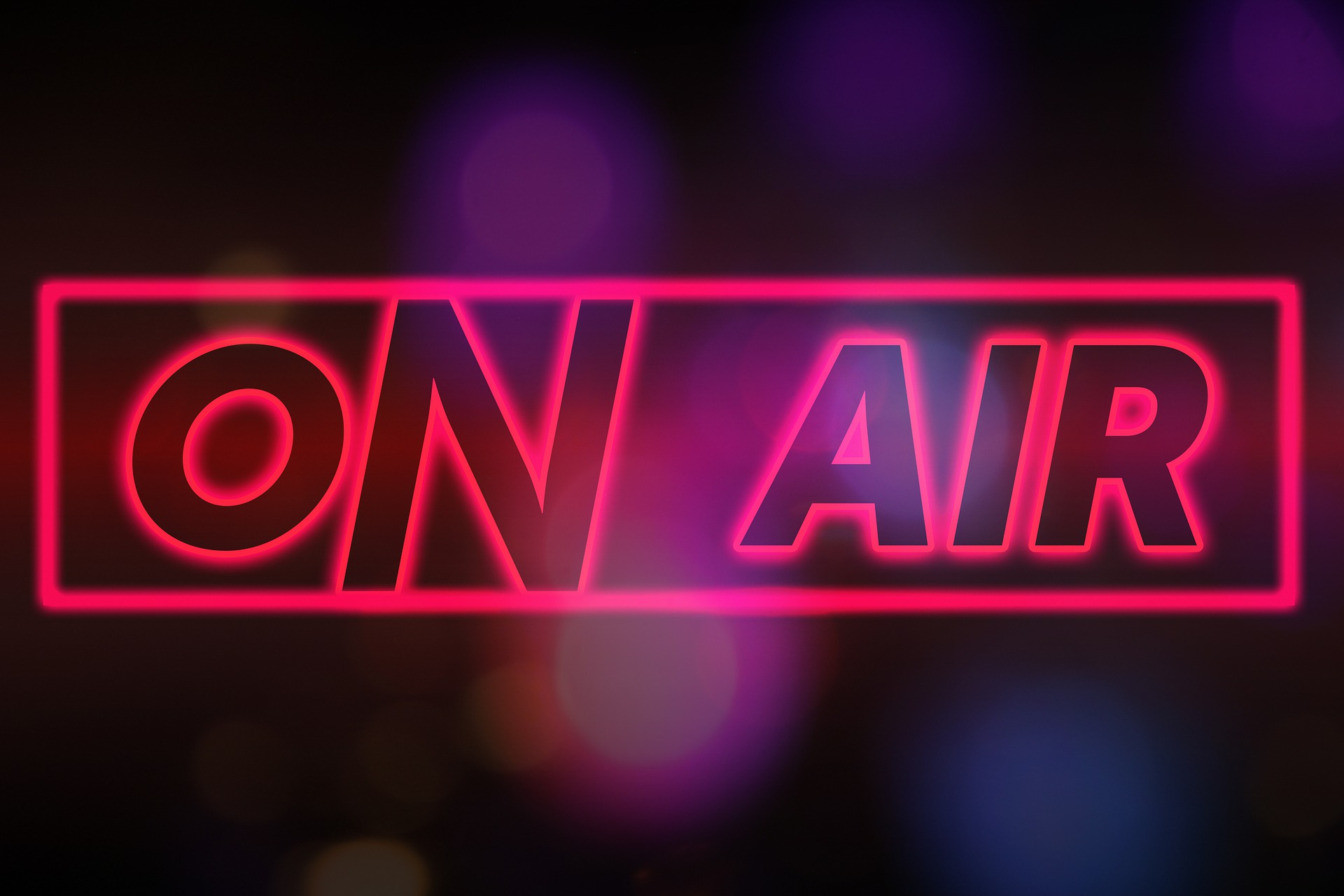Welcome back to Visalawyerblog! In this blog post, we will cover the release of the December Visa Bulletin 2021 and what you can expect for employment based and family preference categories during the month of December 2021.
The Department of State releases the visa bulletin on a monthly basis, which summarizes the availability of immigrant visa numbers for that particular month. The “Final Action Dates” and “Dates for Filing Applications,” charts indicate when immigrant visa applicants should be notified to assemble and submit the required documentation to the National Visa Center.
Adjustment of Status Filings for those lawfully residing in the United States
In general, if USCIS determines there are more immigrant visas available for a fiscal year than there are known applicants for such visas, the agency will provide instructions on the www.uscis.gov/visabulletininfo webpage that applicants may use the Dates for Filing chart. Otherwise, USCIS will indicate that applicants must use the Final Action Dates chart to determine when they may file their adjustment of status application with USCIS. If a particular immigrant visa category is “current” on the Final Action Dates chart or the cutoff date on the Final Action Dates chart is later than the date on the Dates for Filing chart, applicants in that immigrant visa category may file using the Final Action Dates chart during that month.
Adjustment of Status Filing Chart December 2021
Please note that USCIS has not yet released information on its webpage regarding the appropriate filing chart to be used for family-sponsored adjustment of status filings and employment-based adjustment of status preference filings for December 2021. We recommend that applicants monitor the USCIS webpage below on a regular basis for those updates.
 Visa Lawyer Blog
Visa Lawyer Blog











